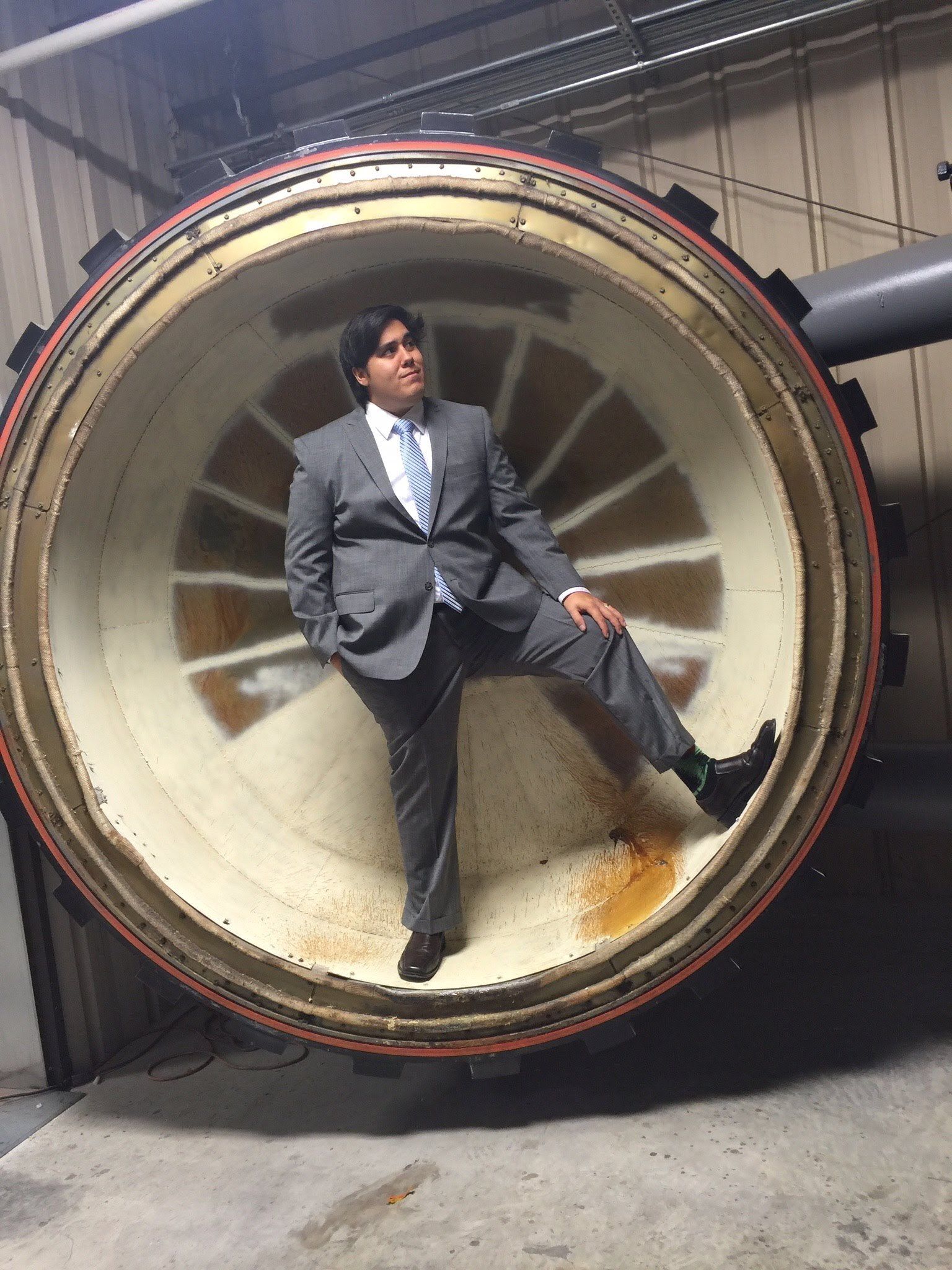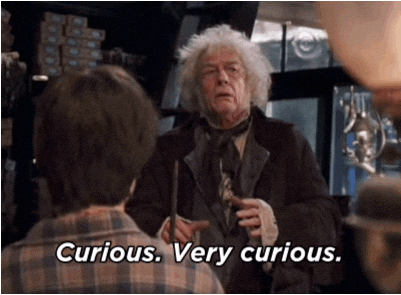- Inside Out Engineering
- Posts
- The Ideation Engineer
The Ideation Engineer
The Spark We’re Missing in Engineering
When was the last time you stared at a blank slate and felt excited, not terrified?
That’s the gift of the ideation engineer.
They’re the spark-creators.
The ones who thrive in ambiguity, who can imagine what doesn’t exist yet, who ask the questions that open new doors.
But here’s the challenge: most organizations don’t know what to do with them.
Instead of putting them in rooms with customers or early-stage problems, they bury them in detail work or execution tasks. And the spark fizzles.
The truth is, ideation engineers are most valuable when they’re trusted with curiosity. Their role is to challenge assumptions, surface possibilities, and translate raw problems into potential solutions.
I’m going to hand this over to our resident expert, Blake Sanchez,

to tell us more about this role as he’s lived and breathed being an ideation engineer!
Ideation engineers look at the world and see an array of problems that they want to solve.
Some might refer to their “itch to find problems” as an entrepreneurial spirit, while others might see it as disruptive or always trying to rock the boat.
A former manager of mine used to tell me that I was always looking “to boil the ocean.”
While I knew he was complimenting me, I also knew it was a warning not to stray too far from the immediate needs as we needed short-term wins in my role.
Ideation Engineers will excel working with sales and strategy teams when there is a need to identify new potential opportunities or product ideas. They also have a surprising ability to understand complex systems and processes and help find the holes.
Whether it is optimizing an operational process, improving production systems, or creating product ideas, and you want to ask:
“Is there a better way to do this?”
the ideation engineer will shine.
When I was running my own business offering engineering services to companies, I had a salesman who had a very bold approach to cold calling.
His goal was to find the problems that a potential customer might have and come prepared with how we could solve them.
Sometimes that meant reviewing what they did and having me share my insights on a company based on what they did.
Other times, it was a lot bolder by actually walking in the back door of a plant and trying to talk to someone in maintenance about what problems they had with equipment, and then going up front to try and talk to someone in engineering or operations about fixing it for them.
The bold approach was not always successful, to say the least.
But, it did directly leverage the skills of the ideation engineer.
My salesman was not an engineer, but he could speak the lingo after hearing me talk about something.
In those often uncomfortable (for me at least…) cold call visits, whatever information we could extract from the maintenance person we talked to, I would have to use to try and feed my sales guy the engineering lingo he needed to sell us to the company.
Often, I only had the time it took to walk from the back of the building to the front, but you will find that a strong ideation engineer is very quick on their feet.
You may often be surprised by the questions that this person may ask.
If you pay attention to their logic, you will find that they are testing everything to try and discover the underlying truths that define the problem they want to solve.
They are surgical in their ability to extract information. Giving them room to question and poke is essential to their success.
Thanks Blake!
So let’s talk about my favorite part of being an engineer…. pairing our technical skills with our EQ Superpowers!
For an Ideation Engineer, it’s:
Curiosity, clear communication, and courage.
Curiosity to keep asking “what if?”
Communication skills that allow our engineers to ask those questions in front of customers or key stakeholders
Courage to raise the uncomfortable questions executives might avoid.
The EQ Superpower: Curiosity + Courage + Communication
At the heart of ideation is the willingness to not know.
Neuroscience tells us that curiosity lights up the dopaminergic system—the part of the brain that motivates us to explore. When curiosity is paired with courage, the brain shifts from fear (the amygdala hijack) into possibility (the prefrontal cortex, where problem-solving and innovation live).
But curiosity and courage only create value if they’re paired with communication.
Ideation engineers are at their best when they can:
Ask artful, open-ended questions that get to the root of customer pain points.
Listen for the real problem behind the problem (which often isn’t the first thing said).
Translate vague frustrations into clear problem statements that the team can actually solve.
This taps into the social brain network, particularly the temporoparietal junction (perspective-taking) and the anterior insula (emotional awareness).
Put simply: their ability to read the room and phrase questions with care determines whether curiosity sparks connection—or shuts people down.
Which is why ideation engineers are often the ones we want in front of customers. Not because they have all the answers, but because they know how to draw out the right problems.
So what can we do as engineering leaders?
Supporting ideation engineers means intentionally creating structures that protect and amplify their spark.
Here are 5 ways leaders can do that:
1. Give them a sandbox.
Create dedicated time for exploration (innovation hours, hack days, or “what if” workshops).
Encourage small, low-risk experiments to test ideas before scaling.
Protect this time from being swallowed by urgent tasks.
🧠 The Neuroscience: Dopamine spikes when the brain anticipates novelty. Giving ideators protected “play space” fuels motivation and creative flow.
“If you want people to think differently, you have to give them permission to step outside the day-to-day.” — Satya Nadella, CEO of Microsoft
2. Normalize questions over answers.
End meetings with: “What’s a question we haven’t asked yet?”
Model openness by responding with curiosity instead of defensiveness.
Reinforce that questioning assumptions is a sign of strength, not defiance.
🧠 The Neuroscience: The prefrontal cortex thrives on uncertainty—it engages deeper problem-solving networks when a question challenges the status quo.
“The important thing is not to stop questioning. Curiosity has its own reason for existing.” — Albert Einstein
3. Pair them with conceptors.
Balance sparks with structure by teaming ideators with those who love refining ideas.
Use this pairing in customer meetings—one asks broad questions, the other translates insights into requirements.
Teach them to recognize the strengths in each other instead of competing.
🧠 The Neuroscience: The social brain (mirror neurons) is wired for collaboration. Pairing complementary strengths builds psychological safety and accelerates trust.
“Great things in business are never done by one person; they’re done by a team of people.” — Steve Jobs
4. Celebrate courage, not just outcomes.
Publicly acknowledge bold questions that shift perspective.
Share stories of times when a “risky” question led to breakthrough insights.
Remind your team that trying and failing to spark new ideas is better than never questioning at all.
🧠 The Neuroscience: When leaders recognize effort, it reduces amygdala-driven fear of failure, freeing the brain for creative risk-taking.
“Courage is not the absence of fear — it’s about moving forward even when fear is present.” — Brené Brown
5. Invest in communication skills.
Provide training in storytelling, negotiation, and active listening.
Let ideators shadow customer conversations, then debrief and coach their questioning style.
Help them frame ideas in the language executives and customers care about (impact, outcomes, measurable benefits).
🧠 The Neuroscience: Storytelling activates multiple regions of the brain (sensory + emotional), making ideas more persuasive and memorable.
“The single biggest problem in communication is the illusion that it has taken place.” — George Bernard Shaw
Curiosity is the spark—but it’s up to leaders to fuel it, protect it, and give it a voice. If you’re ready to start creating environments where your ideation engineers thrive, let’s talk. You can book a call with me to explore how to unlock the full potential of your team.
And stay tuned! In the next newsletter, we’ll dive into the Concepting Engineer—the ones who take sparks and shape them into actionable solutions.
You’ll learn how to recognize them, support them, and leverage their unique EQ superpowers to drive impact across your organization.
If you missed our kick off to the series, you can find it here!
Follow along, share your thoughts, and let’s continue this conversation—because building high-performing engineering teams starts with understanding the people behind the ideas.



Reply